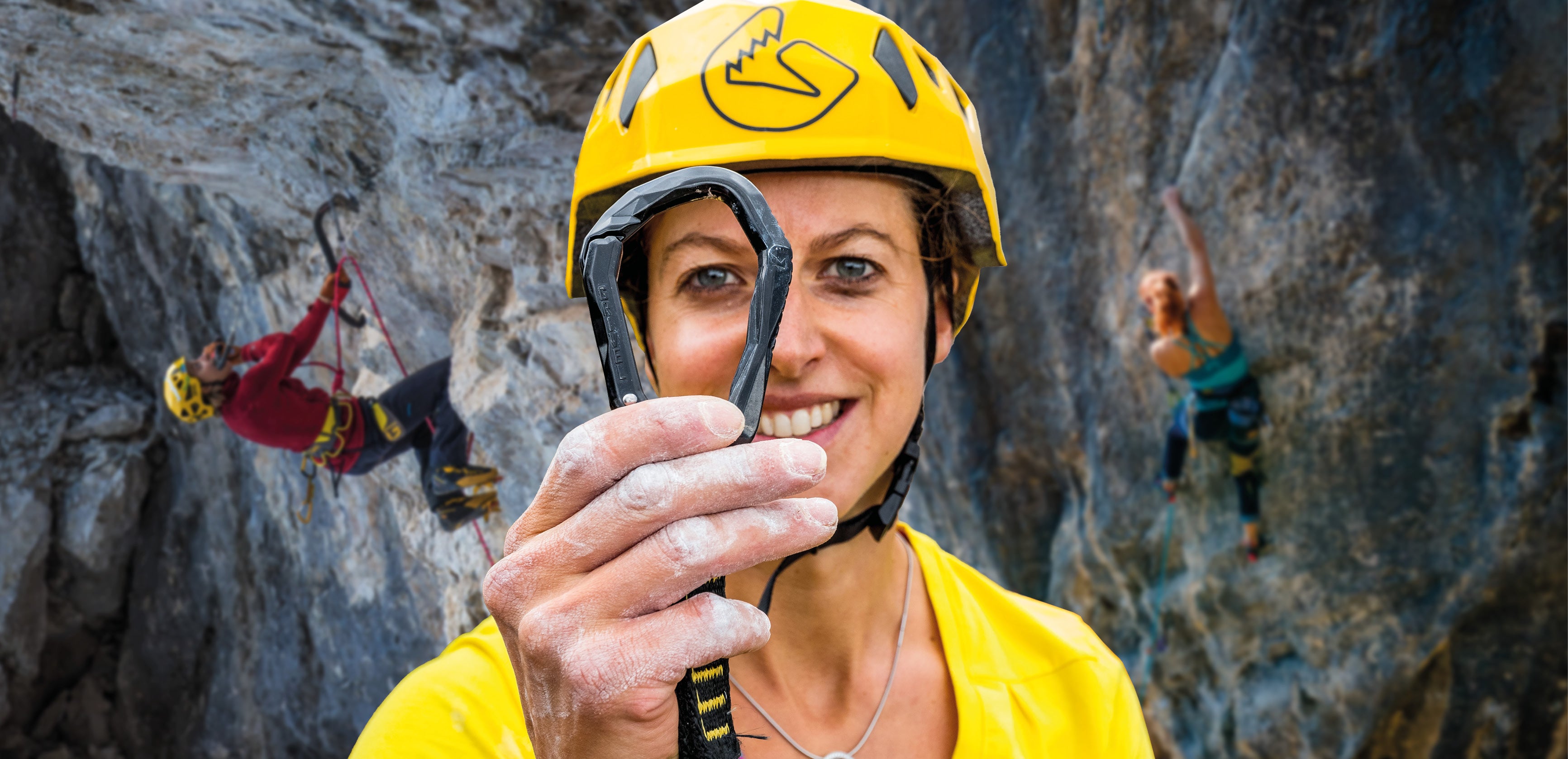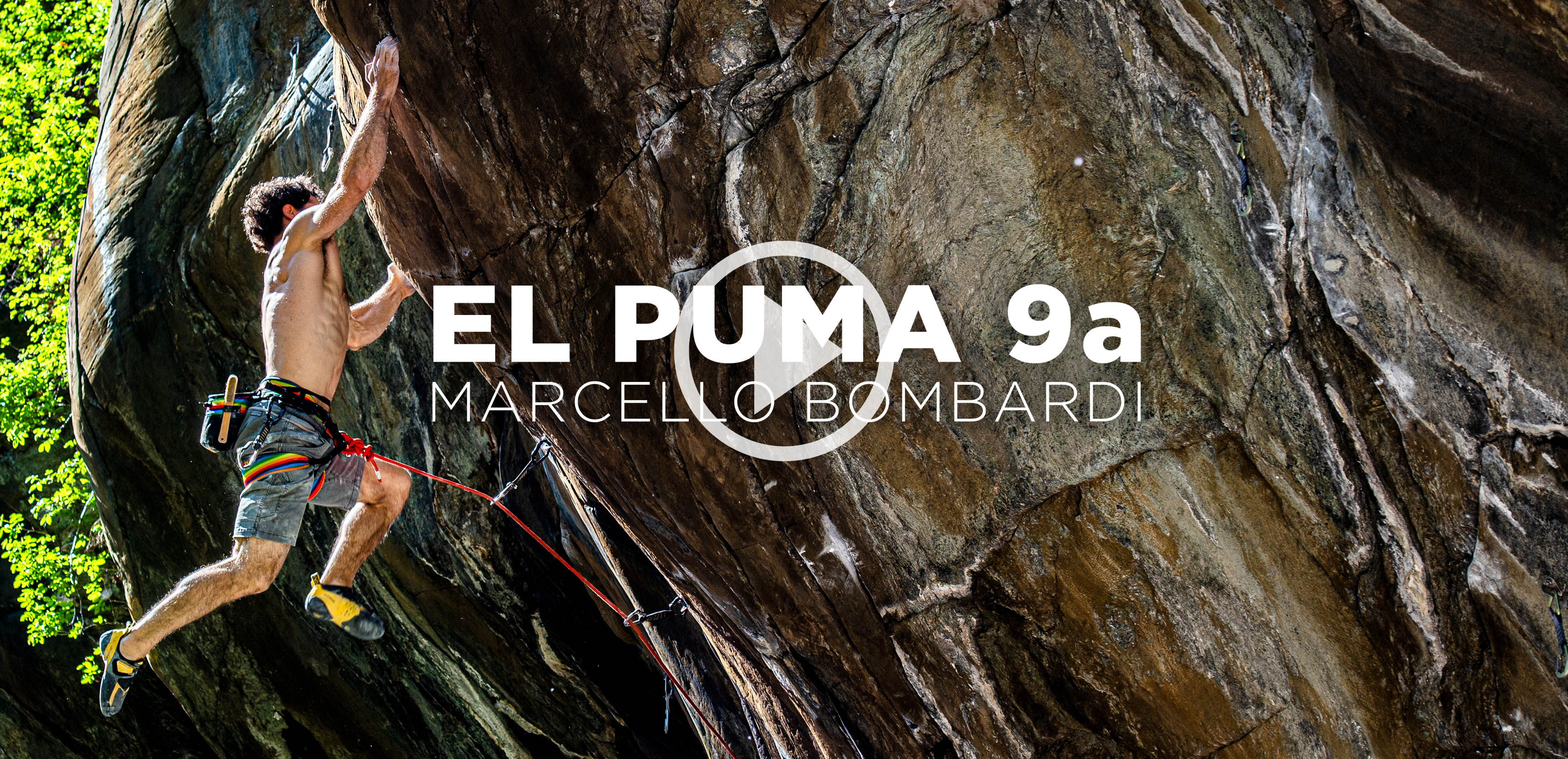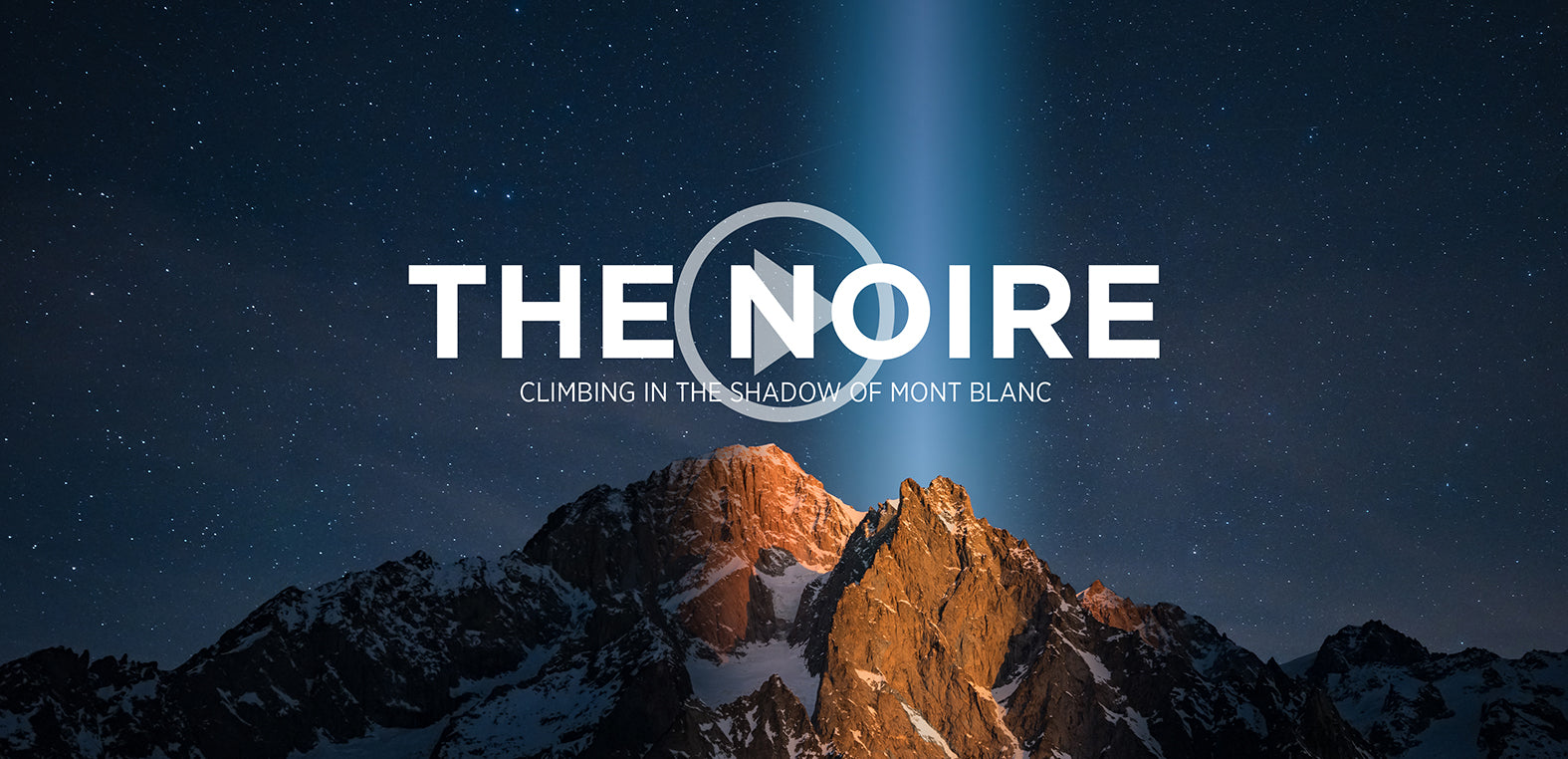
From D15 to 9a by Angelika Rainer
My entry into the world of ice and dry-tooling happened by pure chance. When I was 18 years old, in 2005, after having already been sport climbing for 6 years, I participated for fun and without any experience in a dry-tooling competition and to my surprise I won it.

It motivated me to be able to learn a new climbing technique, and I was fascinated by these sharp tools that had to be handled forcefully but at the same time also very gently. At first I saw dry-tooling at crags only as training for competitions, but after a few outings with friends, I realized that I wanted to improve here as well and year after year I aimed to climb more and more difficult routes, until I also moved to Canada and Colorado to measure myself against the hardest mixed and dry-tooling routes of the moment.
 (PH Marco Servalli)
(PH Marco Servalli)

(PH Zach Mahone)
 (PH Marco Servalli)
(PH Marco Servalli)
In 2015 I had just repeated “The Mustang” in Colorado, my first M14-when the famous British climber Tom Ballard invited me to try his new route, bolted in a cave in the Dolomites. After freeing it, he proposed the grade D15, this meant it would be the hardest dry-tooling route in the world at that time.
I had traveled all the way to North America to try difficult routes, now it was a luxury to have a project in my home mountains. The route "A Line Above The Sky" is a fantastic line, crossing the entire ceiling of this cave and resulting in a 40-meter long climb, all overhanging almost horizontally.

It was immediately clear to me that I wanted to try this route, because of the beauty of the line and the place where it is located but also because of the grade that I saw as a big goal: to climb the hardest route in the world!

(PH Jonathan White)

(PH Jonathan White)

(PH Jonathan White)
I succeeded in 2017, and reaching this milestone was beautiful. I perceived it as the crowning achievement of more than 10 years of devoting all my heart and focusing all my motivation on climbing with ice axes and crampons. Climbing a D15 was a milestone for me but it immediately took me to another dimension, as if opening a new page or a new chapter. I didn't feel the urge and determination to push myself to another even higher grade in dry-tooling, as had happened after all the previous ascents: I felt in fact that I had arrived. I did not get over the desire to climb with ice axes, but I entered a new phase in which my attention returned to rock climbing.
I consider rock climbing my first love, because it was with it that I became passionate about the vertical world. After the first years in which I participated in sport climbing competitions until winning the Italian Cup in 2007, improving in sport climbing at crags and on multipitch routes, I discovered ice climbing and focused my energy almost exclusively on competitions and dry-tooling projects. The winter months were so intense that in the summer I only climbed rock for fun, because I couldn't push my limits at the same time also in sport climbing.

(PH Diego Patete)

(PH Nikki Smith)

In 2017, I decided to quit ice competitions. I immediately felt a boost of energy and motivation and decided to try to raise my level on rock. Exactly 6 months after clipping the rope in the final carabiner of “A Line Above The Sky”, I sent my first 8c on rock (“5 Uve” in Narango, Arco). After these huge achievements in the course of such a short time, for a while I thought I had reached my peak.

(PH Marco Servalli)

(PH Marco Servalli)
When I started climbing in 1999, 9a was the highest grade that existed. They were famous routes climbed by top climbers, the ones whose posters I used to hang in my bedroom. Never would I have dreamed of one day reaching this grade! Even after my 8c, I still saw 9a as a long way off. I am a schematic person and set goals step by step. It wasn't until a year and a half ago that I concretized this thought that still seemed a little crazy in my head and said out loud: I want to climb a 9a!

(PH Lorenzo Belfrond)
So I started targeted training to raise my level and in early 2022 I identified the “Esclatamasters” route in Spain as a possible project. The first part of the route overhangs quite a lot and requires physical movements, alternating columns to pinch and slopers with a few crimps. After this first part there is a very good knee jam where you can drop your hands and rest and then face the second part of the route, a slightly overhanging gray wall with elusive holds, on which you often cannot even put the entire first phalanx of your fingers.

(PH Genis Zapater)
In October last year, I left for a first trip to Spain to see my chosen route: was it feasible? More importantly, did I like it? Indeed, I believe that it is essential to work on routes that we like both from a technical and aesthetic point of view, so that we can give it all and keep our motivation high. Arriving in the hamlet of Perles, a conglomerate of a dozen or so stone houses and a small Romanesque church, you see a spectacular rock arch, and right on one of the sides of this arch climbs the line of “Esclatamasters”; it was clear right away that the place was beautiful and that I liked the route. After a few turns I was able to do every single move, although a couple of them were really very borderline. At that point I was energized and hopeful, because doing the single movements of a route has always meant to me that sooner or later I would be able to concatenate them all, so I saw a real possibility of bringing home the result.

(PH Genis Zapater)

(PH Genis Zapater)

(PH Genis Zapater)
Returning in mid-February this year, I found totally different conditions, lower temperatures and a crisp breeze, which allowed me to feel the holds much better than in October. The improvements came almost immediately. On the fourth day on the route I managed to get to the top with two rests and on the sixth day I reduced to one resting. From this point I witnessed a fascinating process of continuous improvement that I had not seen on any other project before; every day that I tried the route I was able to do one, two, or three more moves and then clip at the belay with a huge smile on my face. I had climbed 9a, 6 years after D15!

(PH Genis Zapater)

(PH Genis Zapater)
Trying to climb a route at your limit is both a physical and mental challenge. One gets totally immersed in training and during the attempts the route becomes the fixed thought. I think a strong point of mine is being able to live attempts on a route always in a positive way, without obsession and without demoralizing myself even on days when I fail to make progress. I see every day on a project as just a beautiful day in the mountains, even if I try to give my best and perform perfectly at that moment.

(PH Genis Zapater)
I worked in a concrete way with focused training for a year and a half to accomplish both D15 and 9a, and climbing them was an immense joy. On all two routes, this happiness was also amplified by the feeling of having completed not only the project, but of having put together the training, advice and experience I have gathered over all these years of climbing. The path is as important as the result. However, unlike D15, which I saw as the closing of a chapter, 9a instead gave me a boost of motivation. It's too early to talk about higher grades but I feel I want to keep going and explore my limits. I feel I still have energy to invest and I am curious to see where it will take me after almost 25 years in the climbing world. It really is true what Walt Disney said, "if you can dream it, you can do it!"

(PH Marco Zanone)

Angelika Rainer, born in 1986, is Grivel athlete since 2005. Originally from South Tyrol (Italy), she became three times Ice Climbing World Champion and two times Ice Climbing World Cup winner. Today she practices rock climbing, ice climbing and drytooling.
Grivel favorite product: Dark Machine X ice axes


